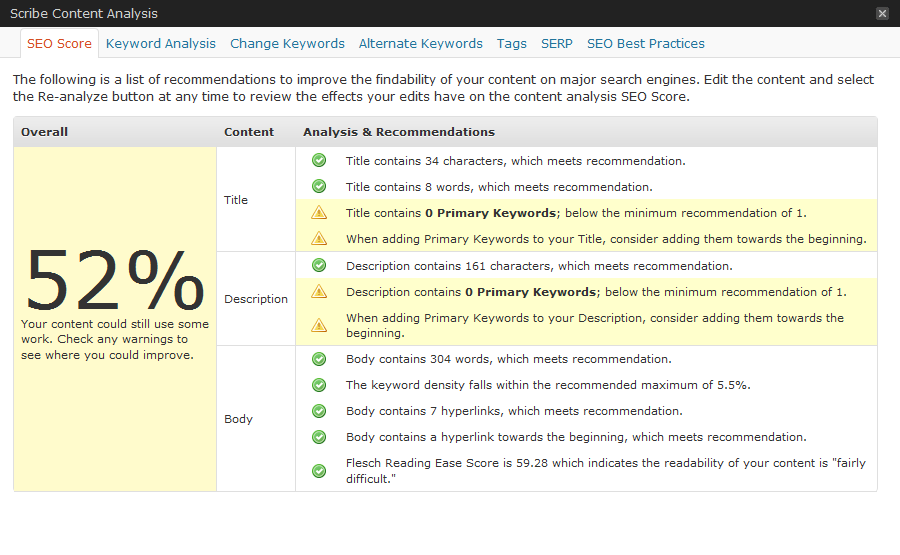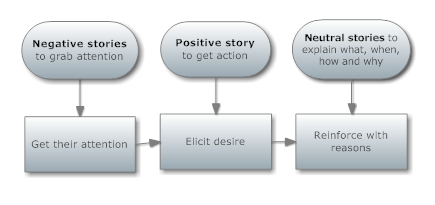 Some days I feel scattered, like maybe I’ve got a bad case of Attention Deficit Disorder. Or, maybe my brain isn’t aging well. Here’s what happened yesterday and how it all worked out.
Some days I feel scattered, like maybe I’ve got a bad case of Attention Deficit Disorder. Or, maybe my brain isn’t aging well. Here’s what happened yesterday and how it all worked out.
It’s not that I forget things, although that happens too, but it’s more like I remember too much, all at once, and start doing one thing, realize I haven’t finished the other thing, etc.
If you work at home, and on the computer, you probably have days like these. The door bell kept ringing. Thursdays I have help here in the house to keep it clean and functioning.
Gaby, my housekeeper from Jocotepec, knows not to bother me when I’m writing on the computer, but she came in because the dryer went out, so we had to call a repairman. As soon as he got here, of course it started working again.
Nevertheless, it needed a revision, so he went to work. Meanwhile the builder arrived to work on some screen doors. And Juan, the gardener, needed pool chemicals. Then the man came to fill the gas tank for the house. The painter came to repair some moldy walls. Read More→













